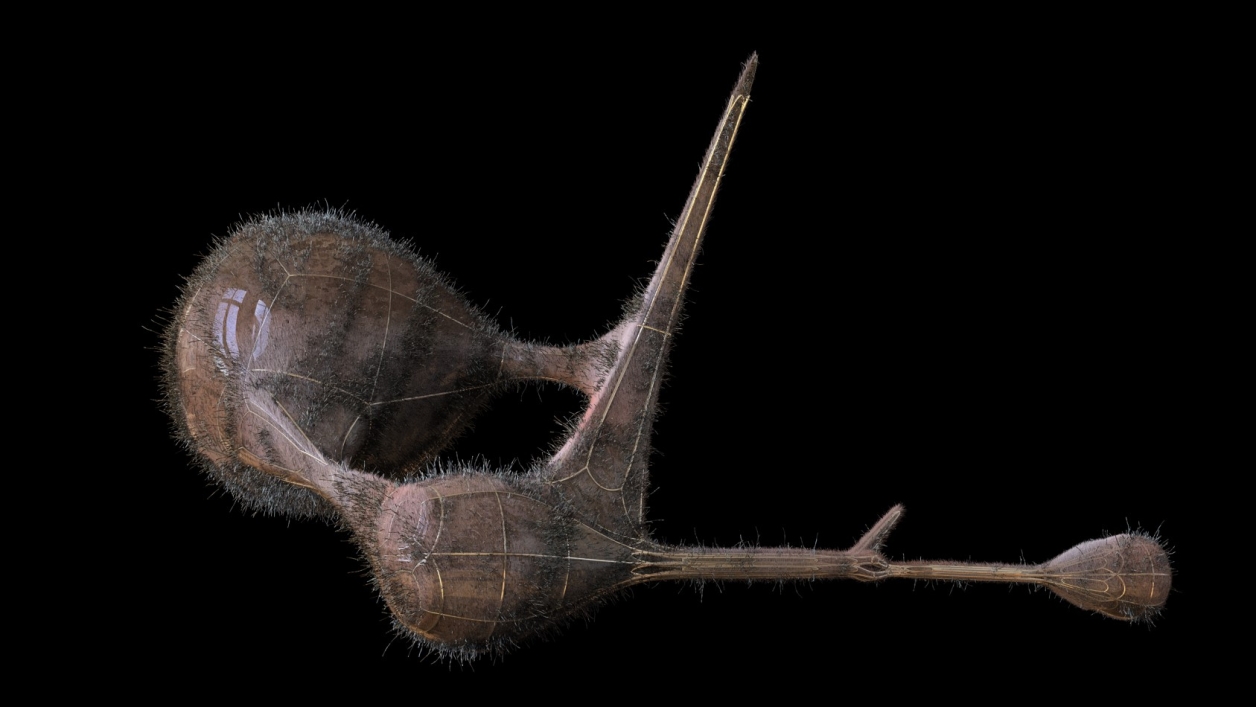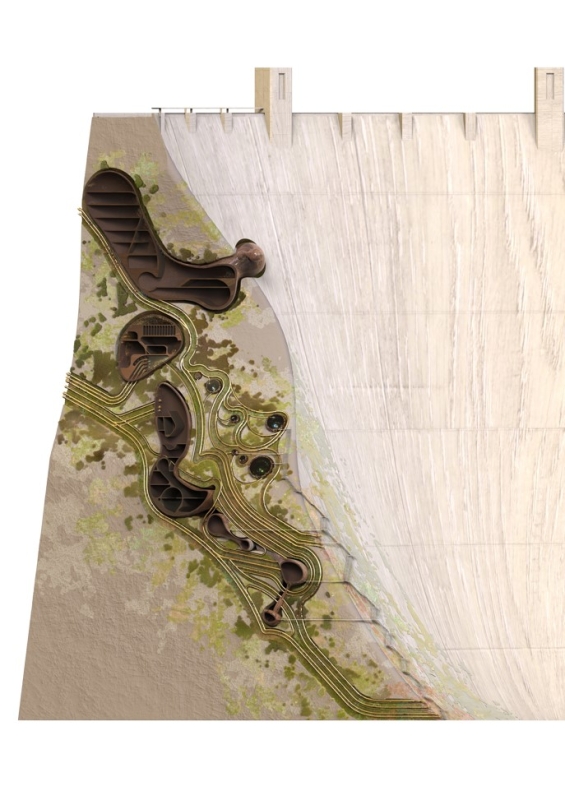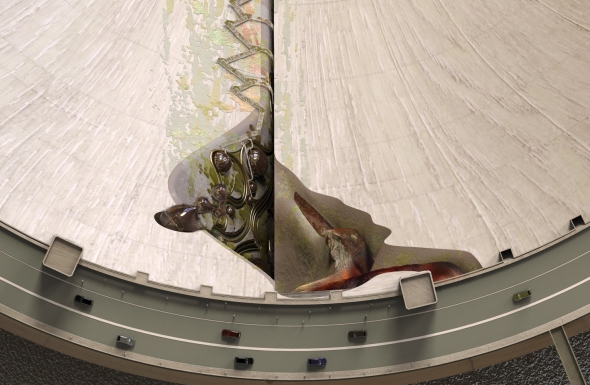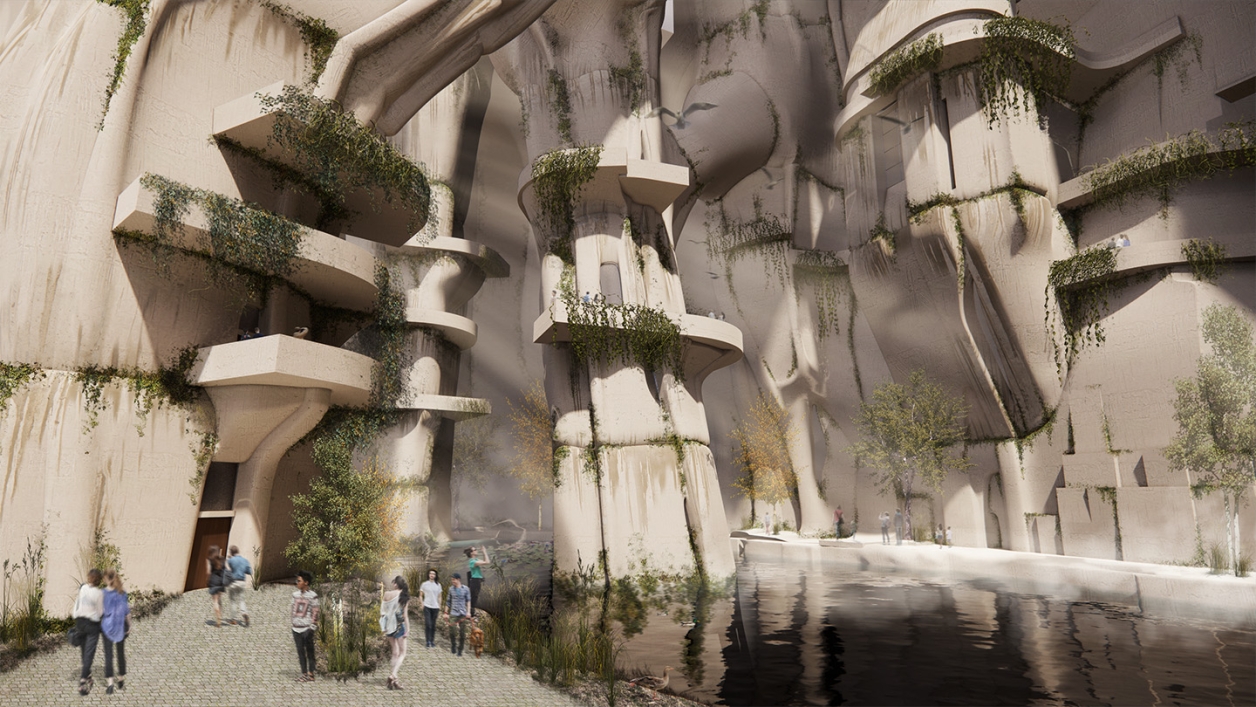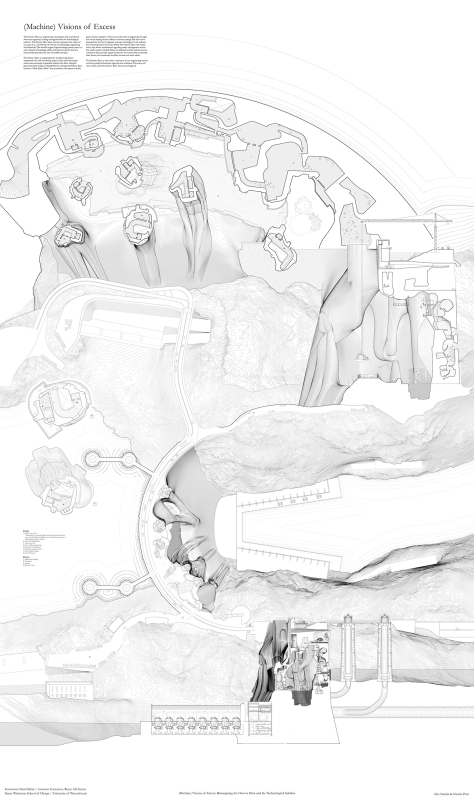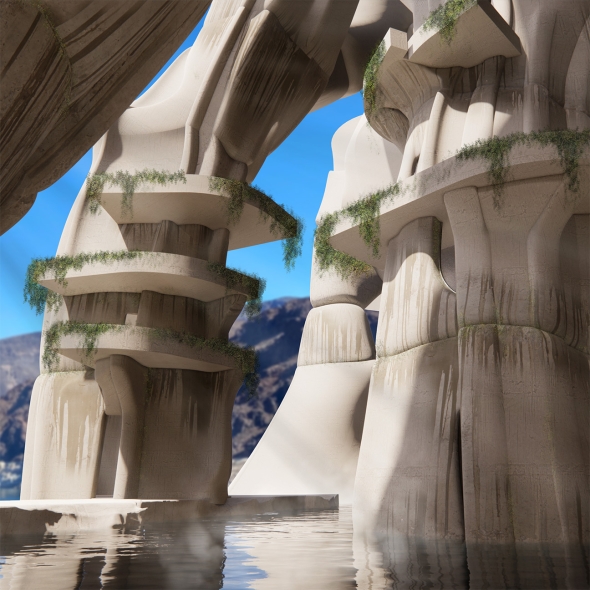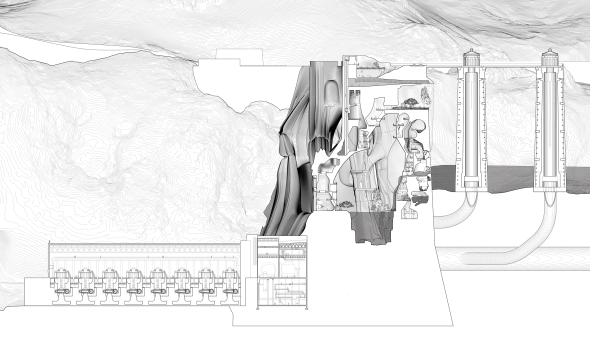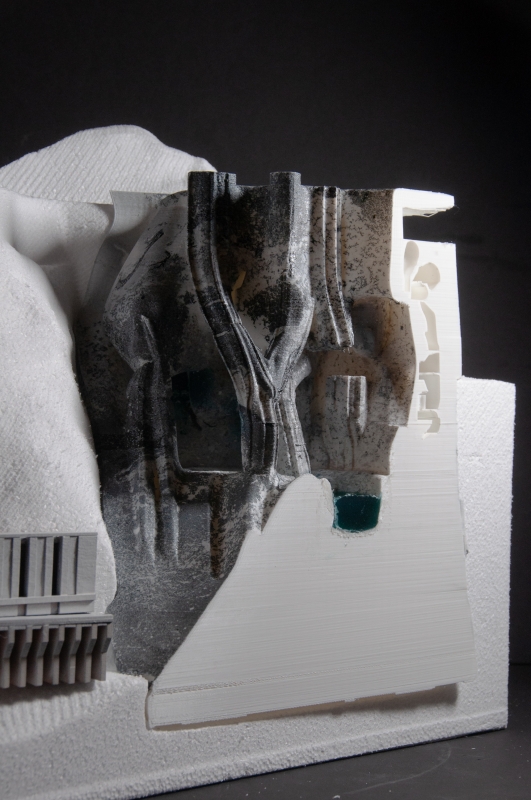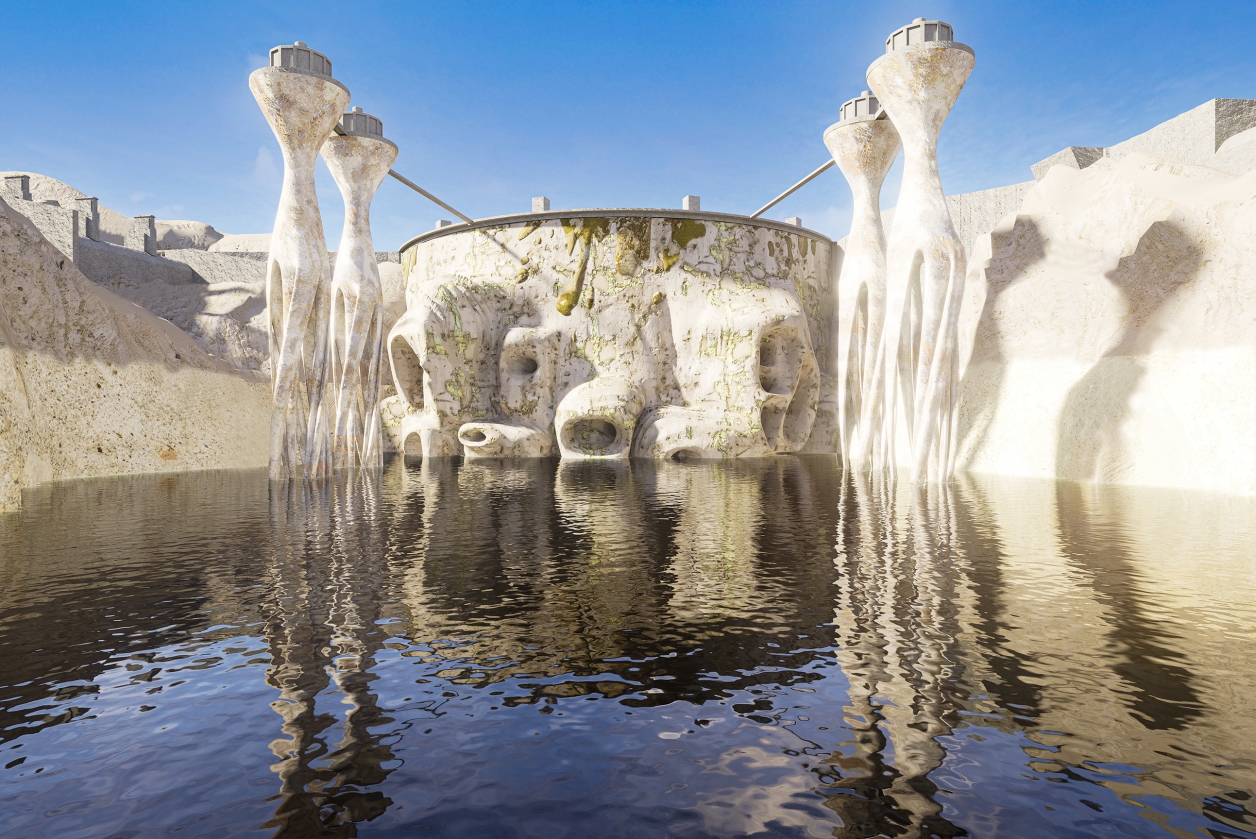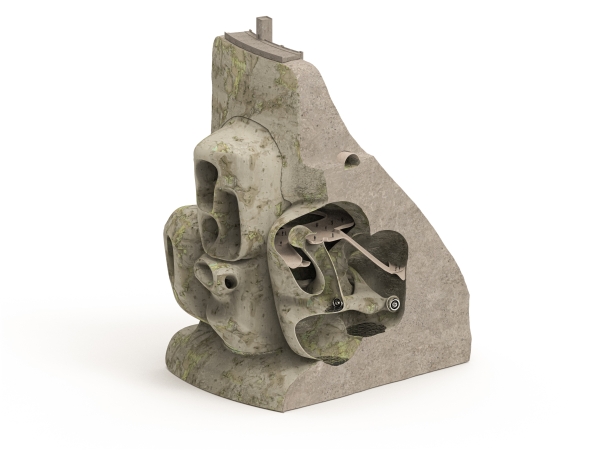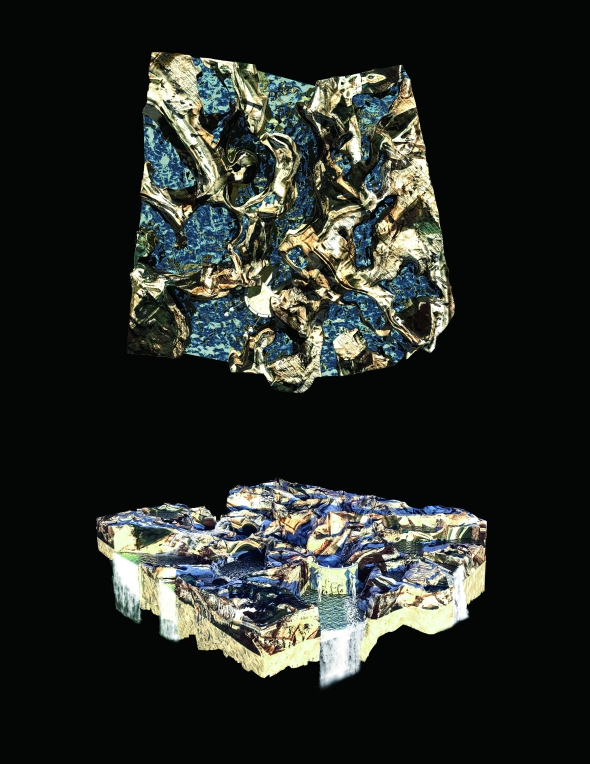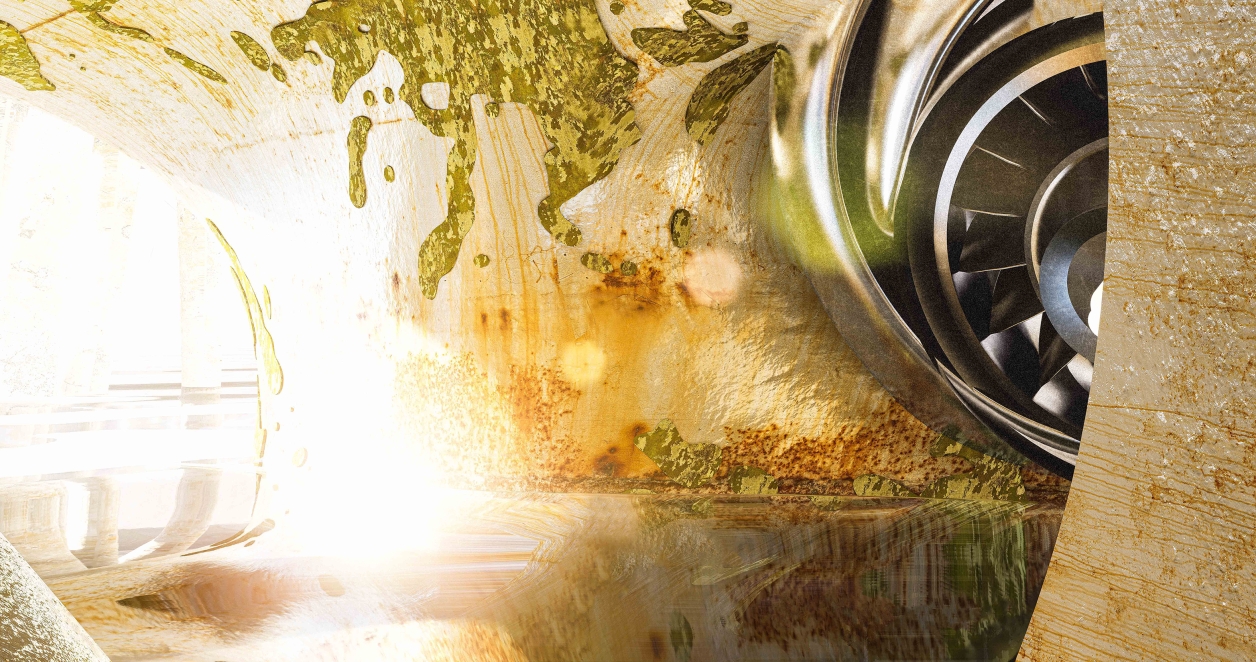(Machine) Visions of Excess: Reimagining the Hoover Dam and the Technological Sublime
Without the graceful, stalwart, concrete arc of the Hoover Dam holding back the Colorado River and creating the nation’s largest man-made reservoir in Lake Mead, the cities of Los Angeles and Las Vegas wouldn’t be what they are today. The water impounded in Lake Mead and the electricity generated by Hoover Dam supplied California, Nevada, and five other states with those two vital resources necessary to ultimately reshape the American West into a utopia of metropolitan and agricultural oases. Desert wastelands, newly irrigated by the reservoir were made lush and fertile, and the entire country was suddenly endowed year-round with desert-ripened fruits and vegetables. Cities grew and industry flourished in ways not possible without the hydroelectric power supplied by the dam. It is not an understatement to say that the Colorado River and the Hoover Dam made the American West. But, as evidenced in near daily news stories reporting the inexorable decline of water in the Lake Mead reservoir, climate change and unceasing population growth, with its ever-increasing demand for water and electricity, threaten to break it.
The underlying assumption of the studio is that architecture projects are inadequate when understood as mere applied research. The challenge of the architecture project is to engage and develop an architectural discourse. The value of an architecture project is determined in large part by its position within the larger conversation. Therefore, the problem of the studio is not just one of figuring out how to make AI technology useful for designing buildings (tool making), but also one of developing the discourse of architecture’s engagement with theories of estrangement might be modified or reconsidered relative the evolving technologies of AI-image production.


